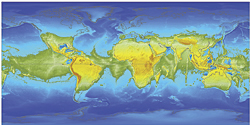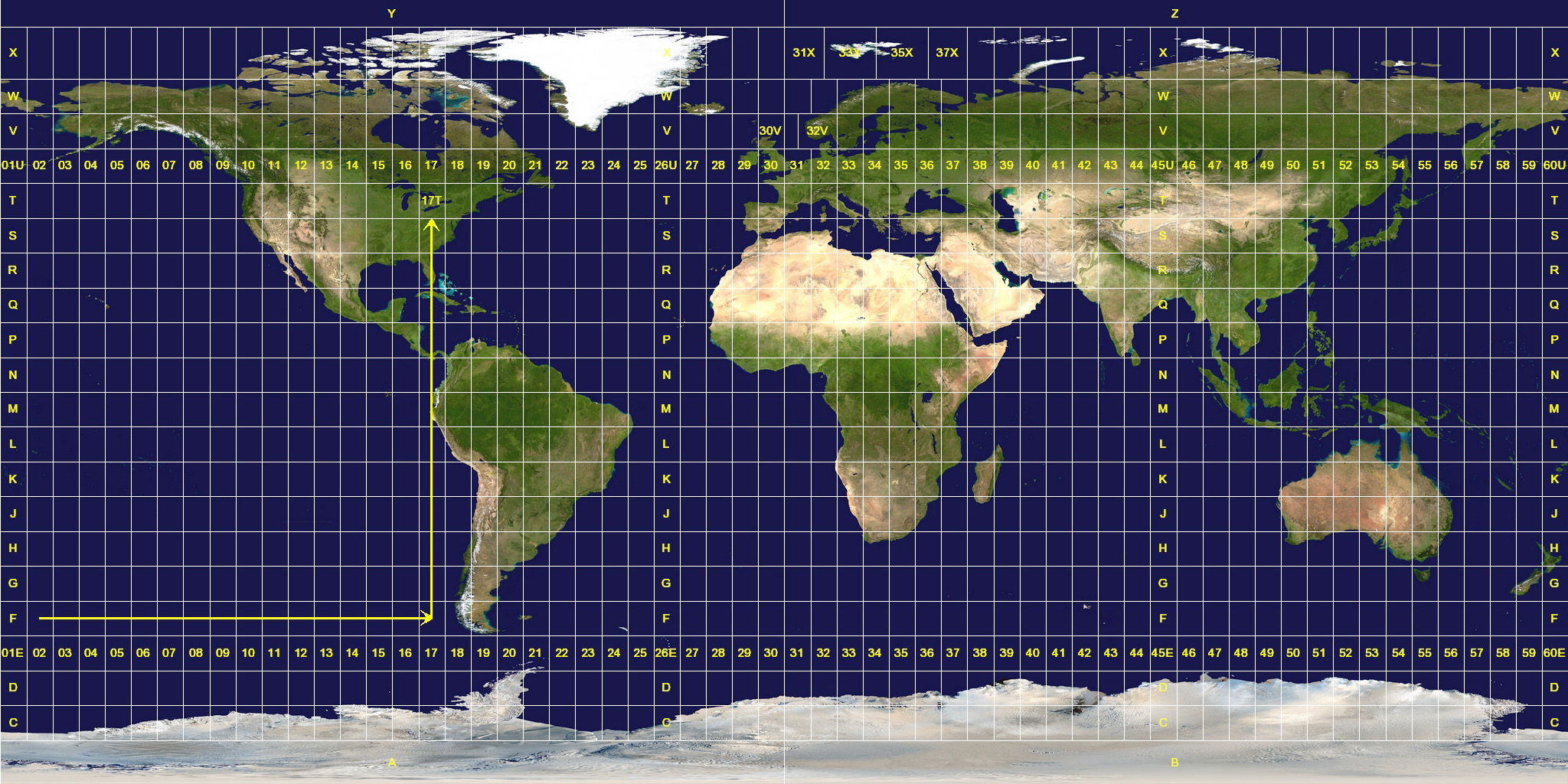I had never really thought about it before but what if the Earth stopped spinning? I paused for a moment to think about it before I continued reading the information I had come across. My guesses to what may happen were not even close.
If the Earth stopped we would have one big super continent around the middle of the Earth. The forces created by spinning flattens the Earth at the poles giving the Earth a shape of an oblate spheroid (a difference of about thirteen miles). More importantly the oceans which are deeper around the equator, possibly up to five miles deeper, would rush towards the poles leaving us with a land ring around the middle of the Earth. I found the article
here to be generally informative. The information at the bottom of the page pointed to the
creator of the map on an ESRI web site. The ESRI web page has a very in-depth article on this thought provoking scenario. The Earth not being a perfect sphere but an oblate spheroid made me think some more about mapping and projections as well.
Hypothetical Earth Continents if the Earth Ceased to Spin
Something that came to mind after reading this article is the threat dams and their water mass pose to the spinning nature of our planet. In general you could think of it like getting the tires on your car balanced. Stopping this much water (water having a mass of 8.35 lbs per gallon) can unbalance the usual spinning nature of the Earth. A quick Google search on "dams earth rotation" brings up a lot of information pertaining to this. I found this
NY times article about the topic. The largest dam in the world is in China called the Three Gorges Dam containing
22.15 billion cubic meters of water. This dam is giving the Earths rotation a close look among concerned people.








